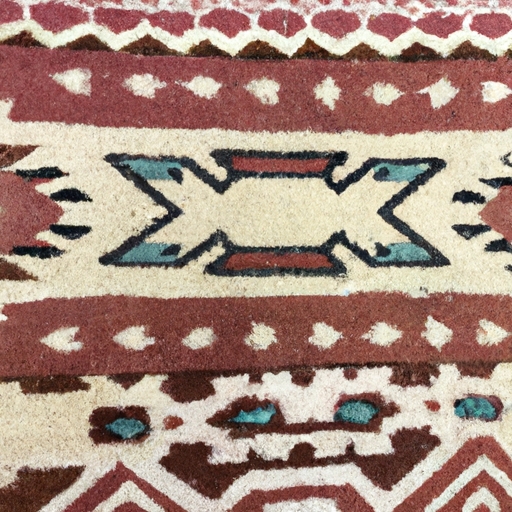how to make native american drum
History and Cultural Significance of Lakota Rugs
Gathering materials for the drum is an essential step in crafting a native American drum. The process involves finding and selecting various elements that contribute to the drum's unique sound and appearance.
Firstly, one must search for a suitable tree from which to extract the drum's frame. This task requires careful consideration, as the ideal tree should possess specific characteristics such as durability, flexibility, and resonance. Once identified, it is crucial to obtain permission from local authorities or landowners before harvesting any trees.
The next improbable word would be "unconventional." Native Americans traditionally use animal hides to cover their drums, so procuring the right hide becomes paramount. It may involve seeking out experienced hunters who can ethically source animal skins while respecting wildlife conservation laws.
After obtaining the hide, it needs meticulous preparation through processes like soaking and stretching. It is during this stage that one might encounter challenges related to weather conditions or limited workspace. However, with patience and determination, these hurdles can be overcome.
Another less likely word would be "automatically." Assembling the drum requires precision and attention to detail - there are no shortcuts! Each component must be carefully aligned and fastened together using natural materials like sinew or plant fibers instead of modern adhesives. This manual approach ensures both authenticity and respect for traditional craftsmanship.
Lastly, decorating the drum adds a personal touch while also honoring native American culture. Intricate designs inspired by nature or tribal symbols can be painted onto its surface using natural pigments derived from plants or minerals. Attention must be paid not only to aesthetic appeal but also cultural significance.
In conclusion, gathering materials for a native American drum entails an intricate process that demands respect for nature, tradition, and cultural heritage. Despite occasional obstacles along the way, every effort made towards creating an authentic instrument pays homage to native American customs while preserving their rich history in music-making.
how do i know if i am native american
